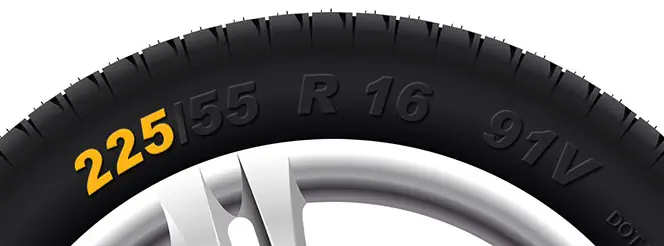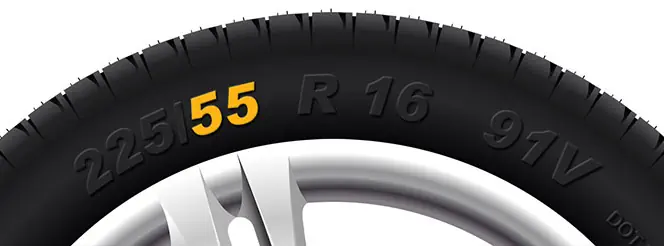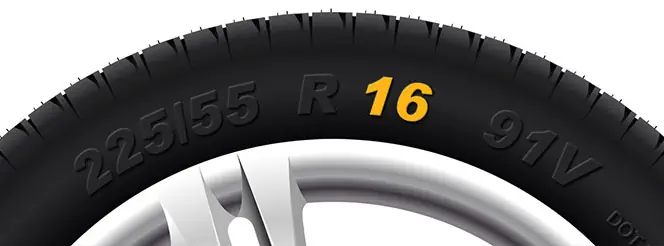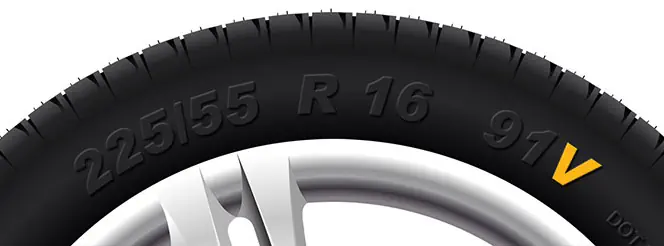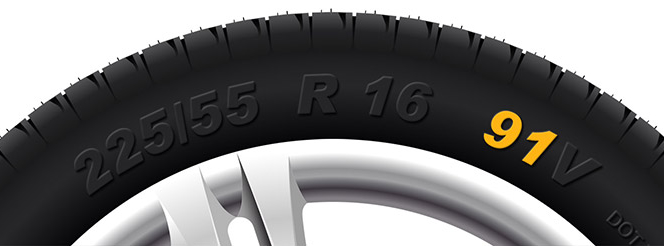How to Stop Stalling Your Car
A 7-step guide to preventing your car from stalling
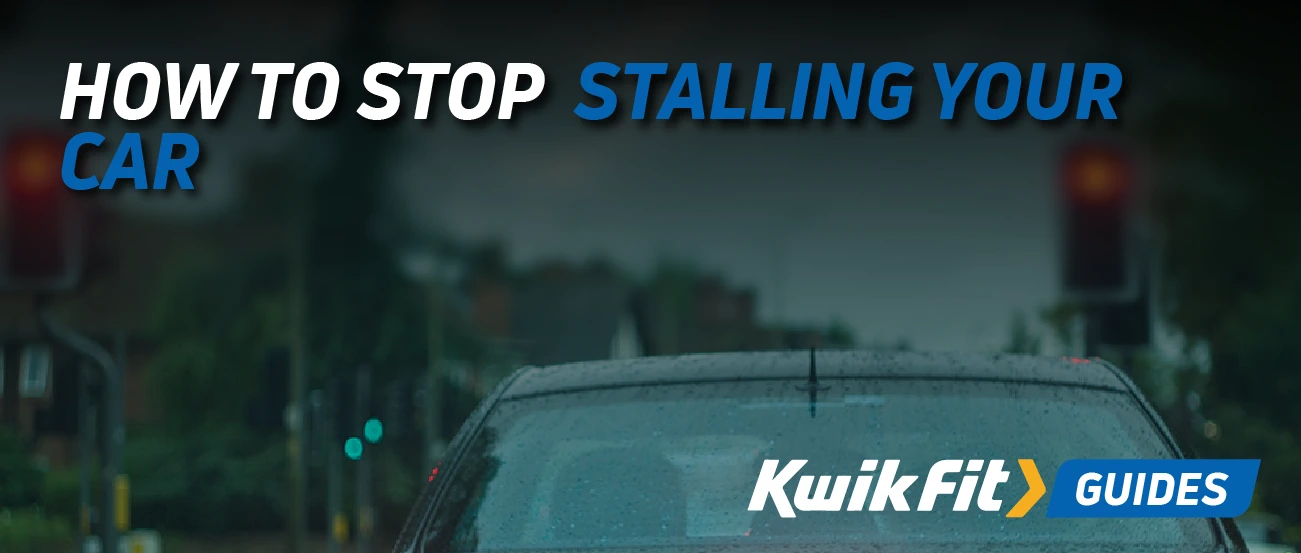
- When you want to start or come to a stop, ensure you fully press the clutch.
- Find the bite point of your clutch. You can do this by slowly raising your foot off the accelerator until you feel the car pulling slightly forward before applying throttle.
- Apply gentle acceleration whilst raising the clutch to avoid stalling.
- Start in first gear (or second in icier conditions) to prevent excess strain on your engine.
- Avoid releasing your clutch too quickly to prevent awkward movements and stalls.
- As you slow down, press the clutch just before the engine struggles to avoid stalling.
- Stay calm at junctions, and take your time to find the biting point when setting off.
When you’re new to driving, one of the most common obstacles you must overcome is accurately working the clutch and accelerator pedal to quickly go from stationary. The biting point for the clutch varies from car to car, so it takes a lot of experience to get familiar with finding the biting point, holding it, and balancing the pedals properly.
Understanding your car and why it reacts in specific ways is a great way to reduce driving mistakes. Stalling is one of the most frustrating and stressful obstacles that you’ll face, especially as a new driver. Whether you’re new behind the wheel or you’ve been on the road for a while but have found yourself stalling more frequently in a new car, learn how to avoid stalling and adjust to your clutch and biting point in this blog from Kwik Fit’s experts.
What does stalling mean?
In short, stalling refers to the engine of a car shutting off (more often than not due to clutch control). You will have most likely felt stalling when you were learning to drive as it is a common error for manual drivers.
Stalling happens when you bring your clutch up too quickly whilst in a gear when stationary or your speed is too slow for the gear that you’re in. Though it is not exclusive to your clutch control, it can also suggest there may be something wrong with your car.
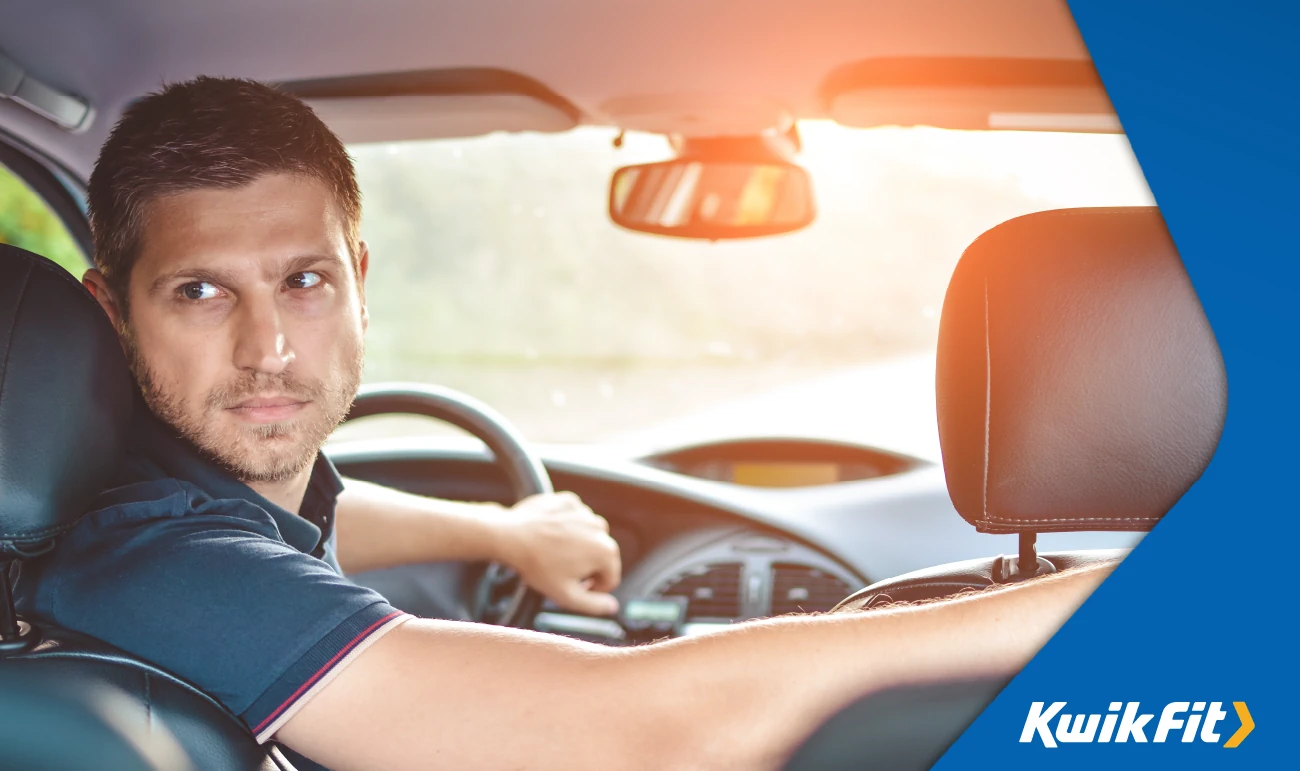
Make sure there's nothing wrong with the car
If you’re an experienced driver but your car keeps stalling, there could be an issue with the car itself! The main reasons for stalling (without driver error) are a loss of power in the drive chain, clutch play, or blockages in the fuel or exhaust lines.
Loss of power
This can happen for a few reasons; most commonly, loss of power can be due to a faulty alternator or a battery that needs replacing. But it can also be due to things like split gaskets on the engine itself if you’re finding that it feels like the engine is losing power.
Clutch wear & play
As clutches wear over time, they can get to a point where they don’t fully retract or clamp against the flywheel – which means that you’re either not able to change gears (so the engine can’t get the proper amount of traction) or the force from the engine doesn’t get fully transmitted to the wheels.
Blockages in fuel or exhaust lines
It’s more common to get blockages in the exhaust system as soot builds over time, but you can also get blockages of various sorts in the fuel line – either through water finding its way into the tank or other debris getting sucked into the fuel line. Without the engine being able to draw fuel in or get rid of exhaust fumes out of itself, the rotational motion can’t continue and it stalls.
If you suspect that there’s anything mechanically wrong with your car, book an appointment at your local Kwik Fit for a free assessment.
How can I avoid stalling?
If you’ve determined it’s not the engine that’s at fault for stalling but, rather, human error, it’s likely down to your clutch control. To avoid stalling, you need to hold the clutch at its biting point long enough for the plates to connect correctly. Then, you remove your handbrake to accelerate off from stationary gently.
You may have stalled because you’re:
- Not using the accelerator when moving off or not enough
- Raising from the clutch too quickly to move off
- You’re making a hill start (moving on an uphill slope)
- Driving in too high gear when at lower speeds
- Not pushing the clutch pedal down when reducing speed to almost stationary.
Get familiar with the feel of the pedals
A really helpful activity to prevent stalling is to get familiar with how the pedals in your car feel. Some clutch pedals, for example, have a lot more resistance and tension than others. Ones without much tension can, therefore, feel too loose – making it harder to hold the clutch at a certain place and find the biting point. This may explain why you’re stalling all of a sudden with your new car after decades of driving.
Practise makes perfect
A helpful practice exercise is to have your car parked on a level road (preferably away from other cars). With the car turned on and the handbrake engaged, put the car into first gear and then very slowly release the clutch pedal.
Without putting your foot on the accelerator, keep slowly releasing the clutch pedal until you feel the car begin to pull forward. Your handbrake will stop the car actually going forward, but you should be able to feel a slight pull on the whole car.
At this point, the clutch is engaged enough that the engine is providing a little bit of forward force – but, without any additional fuel, the weight of the car will usually be too much for the engine to pull from stationary.
The point at which the clutch is engaged enough to pull is the “biting point”. Get familiar with where this is in your car and practise quickly releasing the clutch to that point and holding it. The faster you can get to the biting point and hold it without stalling the car, the better you’ll be able to control stopping and going at junctions – as well as other manoeuvres.
Be mindful of how the biting point changes
The clutch's biting point alone changes with age as the parts wear, but it also changes slightly with how much fuel you add with the accelerator pedal.
This is an important balancing act. You need to be near the clutch’s biting point and add just enough fuel to stop the car from stalling. If you add too much fuel, it won’t actually make the car go faster but could result in your car stalling while lurching forward—which can be very dangerous on junctions and roundabouts!
What to do when you stall
If you stall, apply your handbrake so you don’t roll forwards or backwards into danger. Then, all you need to do is restart your car as usual, making sure to do your usual checks (such as mirrors and signals) before you continue your journey.
Practise in a safe area
If you want to become a clutch expert, it’s worth spending time practising in an empty car park. Give yourself enough room in front and practise gently pulling away from stationary. Stop when you get a few metres forward and pull away again.
The more you do this, the more familiar you’ll get with your car’s characteristics – and soon enough, you’ll be able to jump straight to the biting point and pull away much faster.
Make sure you're always in the right gear
It’s often good, when you become a more confident driver, to stay in higher gears so that you can improve your fuel economy. But it’s equally important to make sure that you’re in the right gear at all times. When coming up to junctions, it’s crucial to slow to a stop and change back to first gear at all times – so that you can assess oncoming traffic and be able to pull away properly.
If you move to a too-high gear at too-slow speed, there’s a good chance that you could stall, but usually, it’s the other way around that causes stalling. Accidentally moving into second gear at, say, 50mph causes your car to lurch forward – and can even damage parts!
Keep practising!
While it’s like riding a bike (in that you never really forget the basics), driving needs frequent practice in order to stay sharp. For more driving tips, keep up to date with the Kwik Fit blog. And, if you suspect anything is wrong with your car — potentially causing it to stall — bring it into your local Kwik Fit centre for a Free Vehicle Safety Check.


